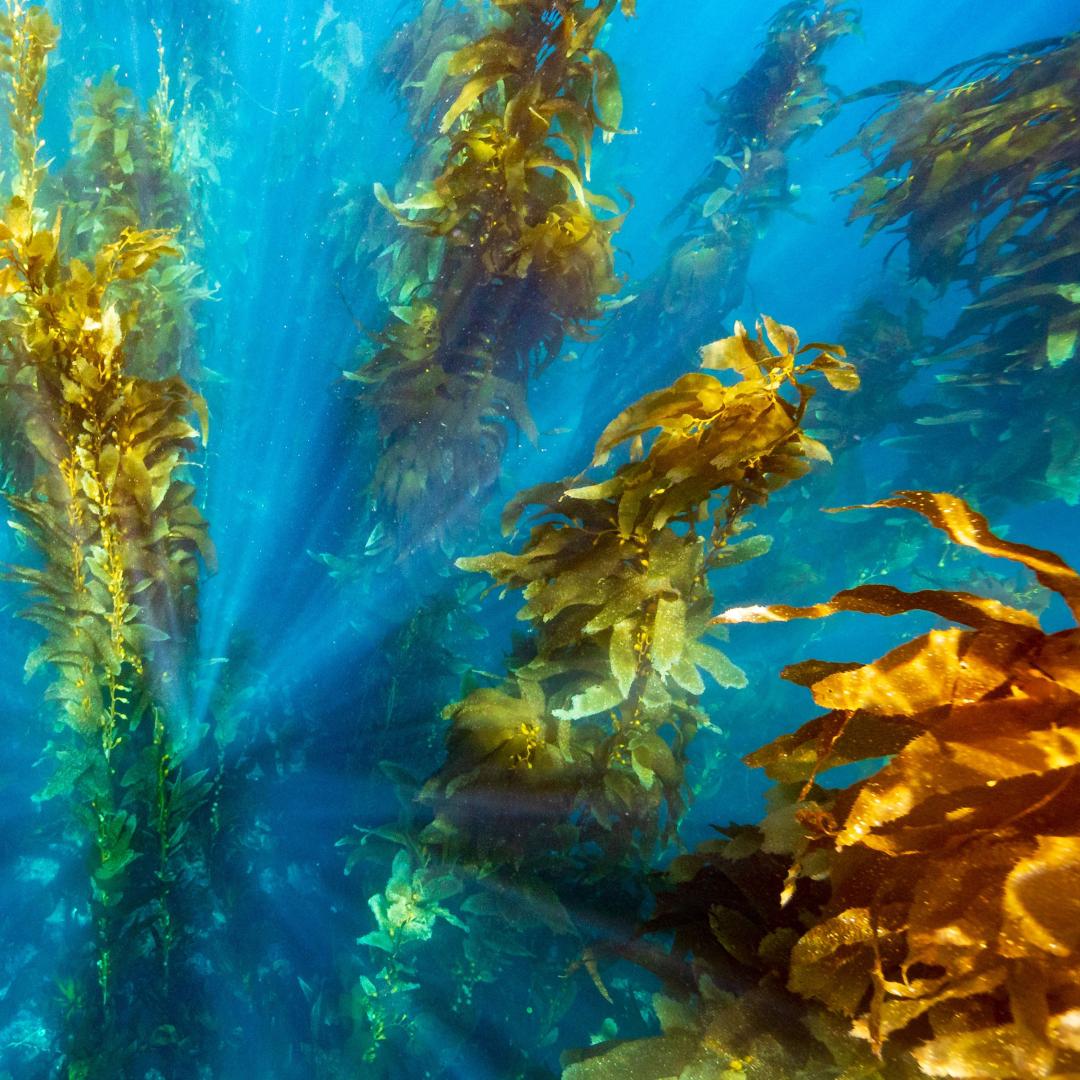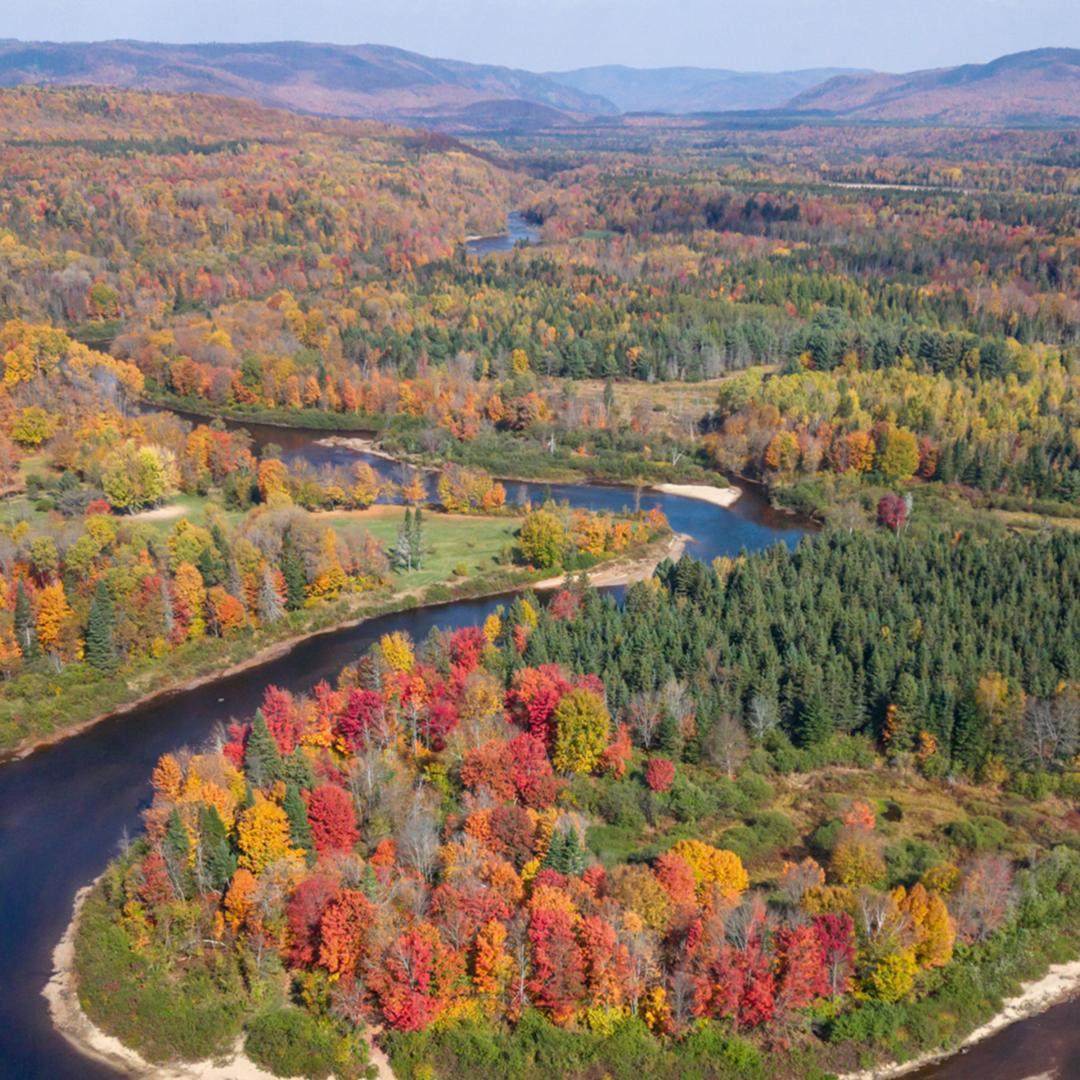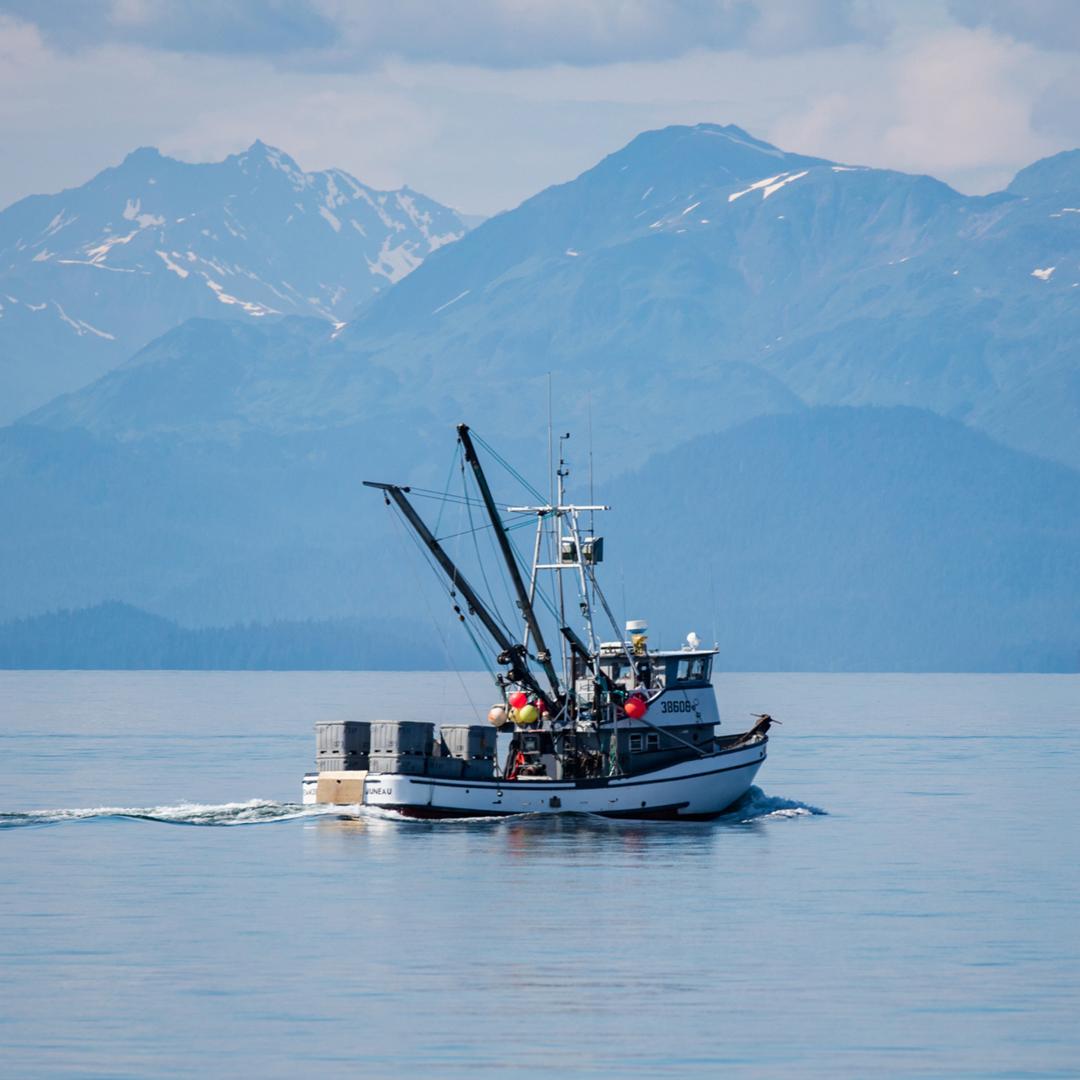Andersen, N. F., Cavan, E. L., Cheung, W. W., Martin, A. H., Saba, G. K., & Sumaila, U. R. (2024). Good fisheries management is good carbon management. npj Ocean Sustainability, 3(1), 17. Link to source: https://doi.org/10.1038/s44183-024-00053-x
Bastardie, F., Hornborg, S., Ziegler, F., Gislason, H., & Eigaard, O. R. (2022). Reducing the fuel use intensity of fisheries: through efficient fishing techniques and recovered fish stocks. Frontiers in Marine Science, 9, 817335. Link to source: https://doi.org/10.3389/fmars.2022.817335
Food and Agriculture Organization of the United Nations. (2018). The state of world fisheries and aquaculture. Food and Agriculture Organization of the United Nations. Link to source: https://openknowledge.fao.org/handle/20.500.14283/i9540en
Food and Agriculture Organization of the United Nations. (2024). The State of World Fisheries and Aquaculture 2024 – Blue Transformation in action. Food and Agriculture Organization of the United Nations. Link to source: https://openknowledge.fao.org/handle/20.500.14283/cd0683en
Gaines, S. D., Costello, C., Owashi, B., Mangin, T., Bone, J., Molinos, J. G., ... & Ovando, D. (2018). Improved fisheries management could offset many negative effects of climate change. Science Advances, 4(8), eaao1378. Link to source: https://doi.org/10.1126/sciadv.aao1378
Gephart, J. A., Henriksson, P. J., Parker, R. W., Shepon, A., Gorospe, K. D., Bergman, K., ... & Troell, M. (2021). Environmental performance of blue foods. Nature, 597(7876), 360-365. Link to source: https://doi.org/10.1038/s41586-021-03889-2
Gulbrandsen, O. (2012). Fuel savings for small fishing vessels. Food and Agriculture Organization of the United Nations. Link to source: https://www.fao.org/4/i2461e/i2461e.pdf
Hilborn, R., Amoroso, R., Collie, J., Hiddink, J. G., Kaiser, M. J., Mazor, T., ... & Suuronen, P. (2023). Evaluating the sustainability and environmental impacts of trawling compared to other food production systems. ICES Journal of Marine Science, 80(6), 1567–1579. Link to source: https://doi.org/10.1093/icesjms/fsad115
Hoegh-Guldberg, O., Caldeira, K., Chopin, T., Gaines, S., Haugan, P., Hemer, M., ... & Tyedmers, P. (2023). The ocean as a solution to climate change: five opportunities for action. In The blue compendium: From knowledge to action for a sustainable ocean economy (pp. 619–680). Cham: Springer International Publishing. Link to source: https://oceanpanel.org/wp-content/uploads/2023/09/Full-Report_Ocean-Climate-Solutions-Update-1.pdf
Johnson, T. (2009). Fuel-Saving Measures for Fishing Industry Vessels. University of Alaska Fairbanks, Alaska Sea Grant Marine Advisory Program. Link to source: https://alaskaseagrant.org/wp-content/uploads/2022/03/ASG-57PDF-Fuel-Saving-Measures-for.pdf
Ling, S. D., Johnson, C. R., Frusher, S. D., & Ridgway, K. (2009). Overfishing reduces resilience of kelp beds to climate-driven catastrophic phase shift. Proceedings of the National Academy of Sciences, 106(52), 22341–22345. Link to source: https://doi.org/10.1073/pnas.0907529106
Machado, F. L. V., Halmenschlager, V., Abdallah, P. R., da Silva Teixeira, G., & Sumaila, U. R. (2021). The relation between fishing subsidies and CO2 emissions in the fisheries sector. Ecological Economics, 185, 107057. Link to source: https://doi.org/10.1016/j.ecolecon.2021.107057
Parker, R. W., Blanchard, J. L., Gardner, C., Green, B. S., Hartmann, K., Tyedmers, P. H., & Watson, R. A. (2018). Fuel use and greenhouse gas emissions of world fisheries. Nature Climate Change, 8(4), 333–337. Link to source: https://doi.org/10.1038/s41558-018-0117-x
Pauly, D., Christensen, V., Dalsgaard, J., Froese, R., & Torres Jr, F. (1998). Fishing down marine food webs. Science, 279(5352), 860–863. Link to source: https://doi.org/10.1126/science.279.5352.860
Ritchie, H., & Roser, M. (2021). Fish and overfishing. Our World in Data. Link to source: https://ourworldindata.org/fish-and-overfishing
Sharma, R., Barange, M., Agostini, V., Barros, P., Gutierrez, N.L., Vasconcellos, M., Fernandez Reguera, D., Tiffay, C., & Levontin, P., (Eds.). (2025). Review of the state of world marine fishery resources – 2025. FAO Fisheries and Aquaculture Technical Paper, No. 721. Rome. FAO. Link to source: https://doi.org/10.4060/cd5538en
Sumaila, U. R., Ebrahim, N., Schuhbauer, A., Skerritt, D., Li, Y., Kim, H. S., ... & Pauly, D. (2019). Updated estimates and analysis of global fisheries subsidies. Marine Policy, 109, 103695. Link to source: https://doi.org/10.1016/j.marpol.2019.103695
Sumaila, U. R., & Tai, T. C. (2020). End overfishing and increase the resilience of the ocean to climate change. Frontiers in Marine Science, 7, 523. Link to source: https://doi.org/10.3389/fmars.2020.00523
United Nations Global Compact & World Wildlife Fund. (2022). Setting science-based targets in the seafood sector: Best practices to date. Link to source: https://unglobalcompact.org/library/6050
World Bank. (2017). The sunken billions revisited: Progress and challenges in global marine fisheries. World Bank Publications. Link to source: http://hdl.handle.net/10986/24056





